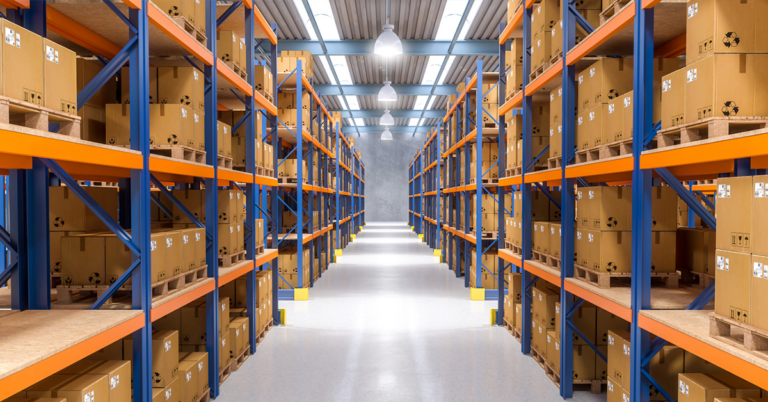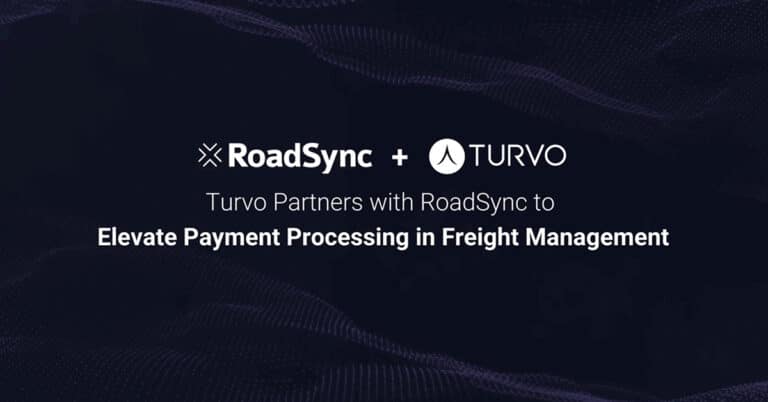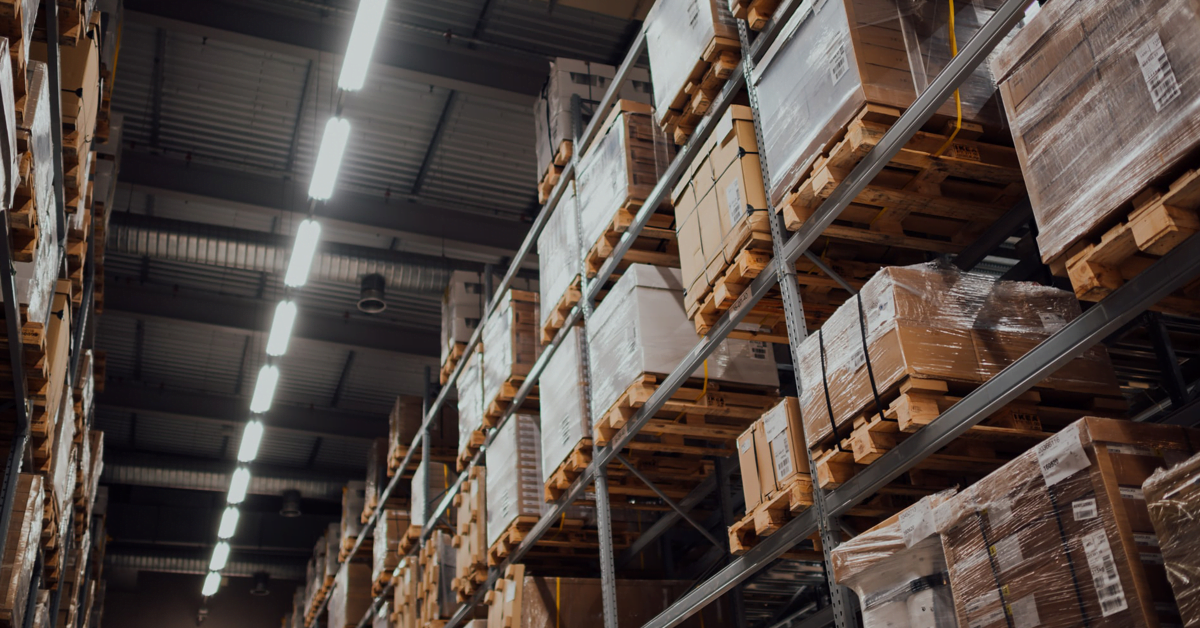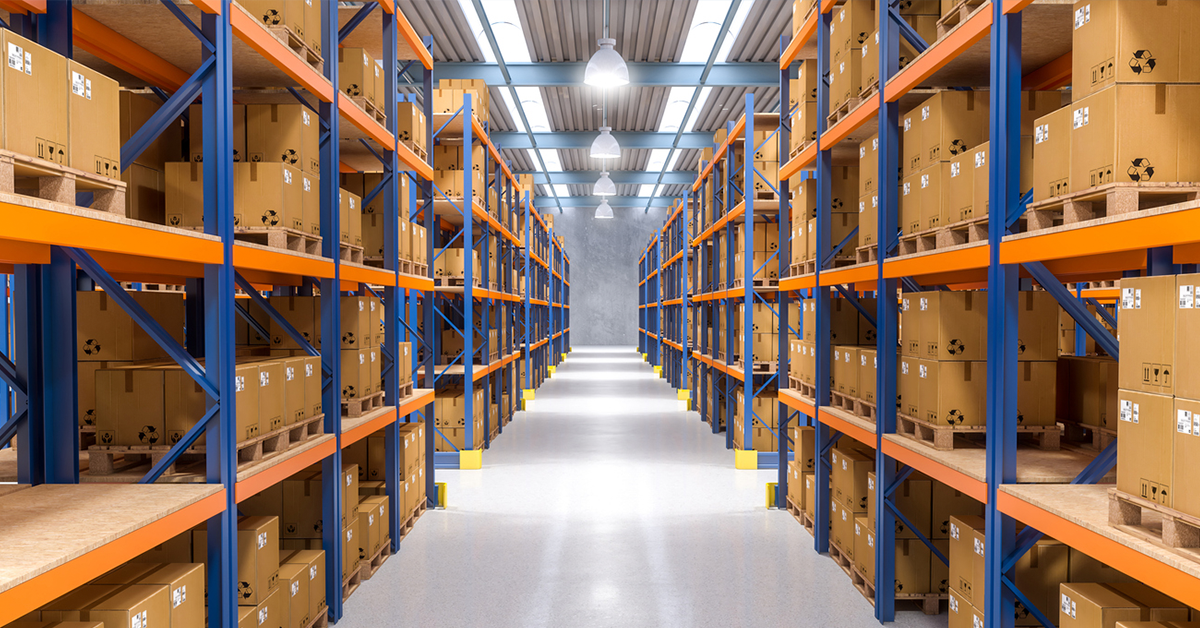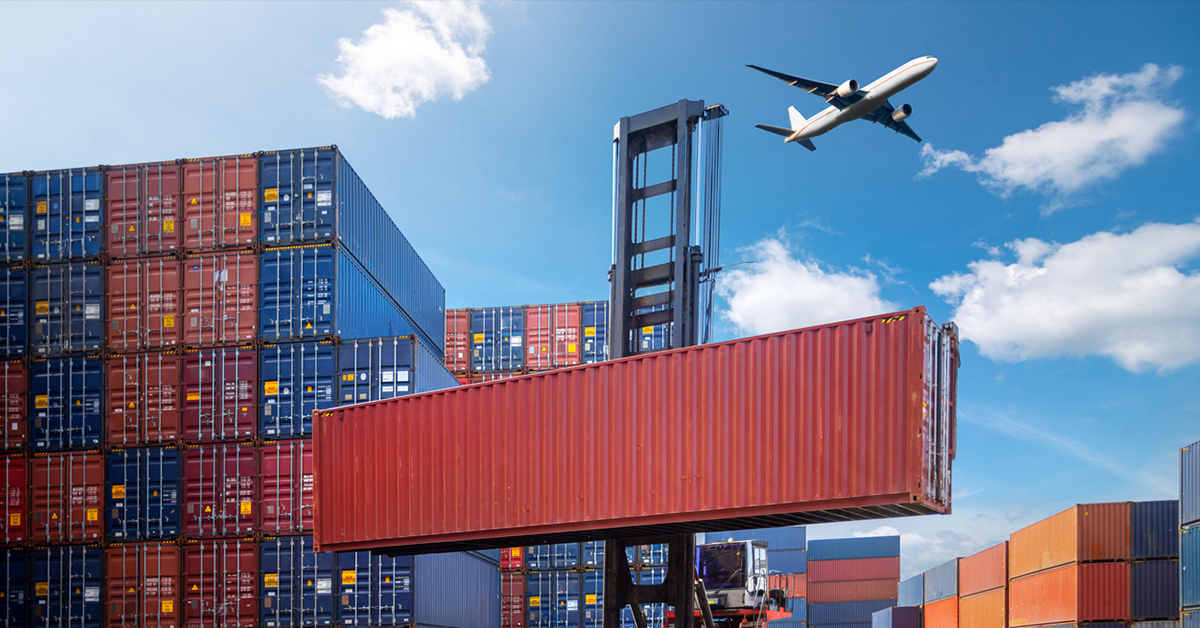The field of logistics has evolved and grown to encompass numerous aspects related to logistics, such as 3PL partners. Companies collaborate with a 3PL (also known as a third-party logistics) company to care for their logistics needs. Thus, if a company needs help outsourcing its shipments, it can work with a third-party logistics provider (3PL) with different levels of engagement.
Today, as an offering, every business that provides some form of logistical service for hire refers to itself as a third-party logistics provider (3PL). As a result, it is worthwhile to divide the various third-party logistics (3PL) providers into four distinct groups, all of which will be discussed in greater detail.
Four types of 3PLs
As logistics has expanded over time, particularly with the advent of eCommerce, so have logistics companies and their service offerings. There are currently four common categories of 3PL service providers. What a business picks depends on its specific requirements.
1. Standard 3PL Service Provider
This kind of third-party logistics is used the most frequently. Companies can select and pack items with their assistance.
A third-party logistics (3PL) provider will often charge competitive rates for warehousing and logistics services. They can provide such rates since they collaborate with multiple companies to build an economy of scale. But for Standard 3PLs, competencies are limited to warehousing and logistics only.
2. 3PL Developers
A standard third-party logistics (3PL) supplier does not offer IT infrastructure and administration like a third-party logistics (3PL) service developer does. 3PL developers enable a company to track and locate the whereabouts of products using their system.
Companies can have peace of mind knowing that every one of their products will be secure and easily trackable with ETAs. Such visibility is especially beneficial for time-bound shipments such as perishable goods.
It’s possible that some of these third-party logistics companies also provide package selection and cross-decking services. The following is the difference between the two:
Package Selection
Such 3PLs provide a choice of using packaging other than the uninteresting brown boxes. The customer can customize the type of packaging they want to use. This service comes in handy for smaller companies, specially direct-to-customer brands. It has lately become popular with eCommerce brands.
Cross-Docking
Cross-docking allows the customer to move an item from one truck to another with little need for storage between the moves. Cross-docking is also frequently employed while handling perishable and time-sensitive inventory. Due to the limited shelf life, goods must reach retailers with an excellent residual shelf life. By eliminating storage and employing cross-docking, turnaround time reduces. Such time saving extends the sales window for the product.
3. 3PL Customers Adapter
In contrast to the other two, such a third-party logistics provider can manage a client’s entire warehousing and logistical operations. They can take over and manage all aspects of the logistical operations independently.
Because companies will have access to the same information technology infrastructure and management that the 3PL employs, the customers of a 3PL customer adapter also have the option of handling it on their own. As a result, they can make adjustments for some critical shipments, as required.
But depending on this kind of 3PL can be costly since they offer assorted and customized services. These services include warehousing, ship management, tracking, tracing, cross-docking, and more.
4. Customer Developer for 3PL Companies
Although there are only a few third-party logistics (3PL) companies of this type, the third-party logistics (3PL) customer developers are frequently the largest you can find. The fact that there are so few of them echoes that they provide the most comprehensive management possible.
The vast majority of the time, they integrate themselves into the logistic management of their customers. They will have complete mastery over everything to carry out the entire operations. There is no need to be concerned because they regularly supply their clients with data and reports. As a result, they could maintain control of their logistics and warehousing.
While a Customer Adapter will manage a company’s logistics department, a Customer Developer will become that department. Like the Customer Adapter, the Customer Developer assumes complete responsibility for the logistics of the employing organization. However, unlike the Customer Adapter, the Developer 3PL integrates with the hiring organization.
If you are looking for great Collaborative TMS solutions, Turvo is the right partner. Turvo provides the world’s leading Collaborative TMS application designed for the supply chain. Turvo connects people and organizations, allowing shippers, logistics providers, and carriers to unite their supply chains, deliver outstanding customer experiences, collaborate in real-time, and accelerate growth. The technology unifies all systems, internal and external, providing one end-to-end solution to execute all operations and analytics while eliminating redundant manual tasks and automating business processes. Turvo’s customers include some of the world’s most considerable Fortune 500 logistics service providers, shippers, and freight brokers. Turvo is based in the San Francisco Bay Area with offices in Dallas, Texas, and Hyderabad, India.


